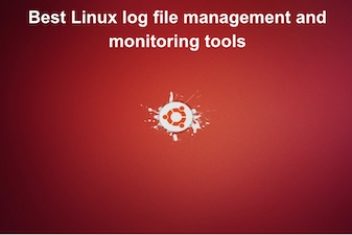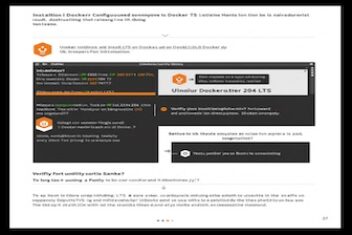The introduction of web data collection and the vast scale on which it’s done nowadays, has revolutionized the way companies work.From targeted marketing campaigns driven by consumer data, to data-driven projections and forecasts informing every step in the decision-making process. And this importance of web data collection is only going to continue to grow.
For web scraping to be successful, a good proxy is a must. The ability to rotate through a reliable pool of residential and datacenter proxies helps you to avoid IP bans and CAPTCHAs. Smartproxy’s SERP Scraping API uses the power of a 40M+ rotating proxy pool to ensure a 100% success rate on your Google scraping It’s also a web scraper, and data parser, so you don’t need to buy any other tools to scrape search engines.
Imagine having up-to-date information on things like competitor business strategies, product pricing, market trends, SEO, and more, at your fingertips. With Smartproxy’s SERP Scraping API, you get all this and more.

So what are some of those many applications of data collection? And more importantly, how can you benefit from them?
Below, we’ll explain some of the most important ways in which you too can use web data collection for your business needs. Ready to step up your game?
Read: Top 10 Reasons Why Your Business Needs to Embrace the Cloud
Know your audience
They always say the customer is king, so let’s start there.
One of the main benefits of web data collection is that it helps you better understand your audience. By collecting as much data as possible across dozens of different data points you can follow your target audience at every step of their customer journey.
And the information you gather from this gives you insights that you simply wouldn’t be able to have without data collection. You can find out the main demographic shopping on your site, what their interests are, or even what music they like to listen to in their spare time.
You are also able to continually monitor consumer sentiment and reviews all around the web. This helps you identify what they think of you and your products, but also what they think about the competition.
Did you find out that many of your customers are interested in animal rights? Why not write a blog post about a related topic, or subtly use ad creatives featuring animals for your next paid marketing campaign on social media?
The more user data you collect, the more you get to know your target audience, and the better you can connect with your audience on a personal level which will make you more “likable” in the eyes of your audience.
Ultimately, this means you can better focus your marketing efforts to only promote your products to the desired target audience. This helps you decrease your ad and marketing spend as you only focus on the people that are most likely to buy your products.
Know yourself
A 2018 study found that large enterprises named driving process and cost efficiencies as the number one way they use collected data and analytics.
But even when you’re running a small start-up you can still benefit from data collection to improve cost and process efficiency in your business.
For example, you could collect competitor pricing data to find out if you actually profitably priced your products. It might turn out you are by far the cheapest on the market, and you could easily up your price a bit without actually losing any sales. Not only that, you can collect a large library of all competitor products with everything, including even the images listed on websites through dedicated Image Search APIs.
This way, you can sell the same number of products, but increase your profits on each sale. Without web data collection, you wouldn’t be able to gain such valuable insights.
Know what decisions to make
And that brings us to the third point: Taking the collected data and turning it into action. Studies like the 2018 Data Value Report, for example, underline the importance of data collection for the decision-making process.
The report states how enterprises expect to grow their yearly revenue by $5.2 million on average merely by using the data they collect more effectively in the decision-making process.
It further states that, right now, organizations still say they only use about half of all the web data they collect. This just shows how web data collection hasn’t even reached its full potential yet and how it will only continue to grow in importance in the future.
The future of web data collection
The main problem with web data collection right now is that humans simply can’t process the vast amounts of data that machines can collect for us.
And that leads us to how web data collection will most likely evolve moving into the future: With the help of Artificial Intelligence (AI) and machine learning.
In fact, that same 2018 Data Value Report notes that 83% of enterprises have invested or are at least planning to invest in AI and machine learning technologies to further grow their business through data intelligence.
Right now, most companies use automated processes to collect web data, but the actual interpretation of that data often still lies in the hands of humans. Furthermore, the next step of actually using those findings to make business decisions is still almost exclusively reserved for human managers and CEOs.
Read: Most used software for startups
With AI and machine learning on the rise, it is expected that these technologies will start to gain (and continue to gain) more decision-making power, disconnected from any human in the process.
But not to worry, we’re not talking Terminator-style machine takeovers. What we do expect is the help of machines to drive businesses forward more quickly by analyzing and interpreting the datasets for us.
And that’s how web data collection is the way forward for future businesses.
If you like the content, we would appreciate your support by buying us a coffee. Thank you so much for your visit and support.



